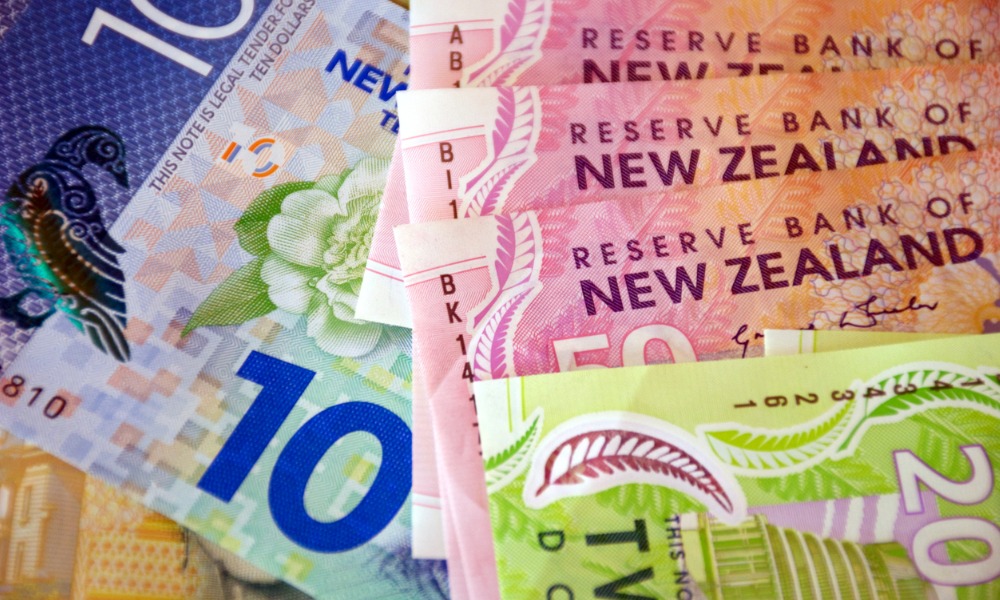It's trading value beats expectations

In early 2024, analysts predicted a decline for the Kiwi, forecasting it would fall to 57 cents by year-end because of a persistent economic recession and rising unemployment. The Reserve Bank of New Zealand (RBNZ) also began cutting rates earlier than anticipated. However, contrary to that expectation, the Kiwi dollar has remained strong, trading around 62 cents, mainly due to a weakening US dollar, which dropped 4.5% in two months.
Despite the US economy outperforming New Zealand’s, the Federal Reserve and RBNZ aim to lower their cash rates to below 4%, with a long-term neutral target of 2.5% to 3%. The RBNZ’s first 25 basis point rate cut in August was the beginning of its move toward this goal, with more cuts expected in October and November. Some experts advocate for more aggressive 50 basis point cuts, saying the RBNZ needs to quickly reduce the cash rate to stimulate the economy since rate cuts take up to 18 months to impact the broader market.
Regardless of initial expectations that the Kiwi would fall to 0.5700, analysts adjusted their forecasts due to the currency’s current performance. They’re now predicting the Kiwi will settle around 0.5900 in the near term, though they maintain that it should decline further, especially as the RBNZ accelerates rate cuts into 2025.
Inflation data and economic performance will influence the extent of these cuts. While 86 basis points of cuts are priced in for the remainder of the year, there is a possibility that the RBNZ may be forced to reduce rates by less, depending on upcoming inflation reports.
The US Federal Reserve may also cut rates further in 2024, with projections for two additional 25 basis point reductions. However, NZ’s fragile economy may prompt the RNBZ to outpace the Fed in rate cuts, which may push the Kiwi lower into 2025.
Short term, the Kiwi is expected to remain at 0.6200, with a cap at 0.6300. However, a break below 0.6080 could signal a decline toward the 0.5900 to 0.6000 range. The NZD/AUD cross is also predicted to weaken, as Australia’s economy shows greater resilience, and with the Reserve Bank of Australia holding rates steady while awaiting inflation improvements.



